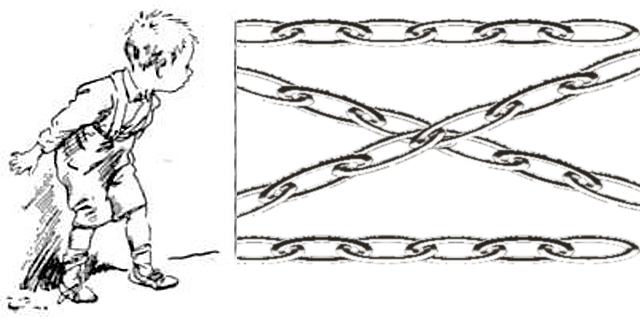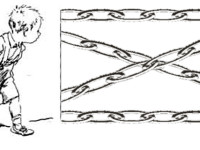White Hat Link Building: How To Avoid Link Schemes

The part of the Google Webmaster Guidelines (GWG) that attracts the most confusion is most likely the “Link Schemes” section. In this section, Google does not offer a clear explanation of what link are considered link schemes and which links are not considered link scheme. Since there’s so much confusion over this one part of the Google Webmaster Guidelines, I’ve decided to create this article to go over it.
Before I go over the link schemes section of the Google Webmaster Guidelines, here’s an excerpt from the GMG section that mentions link schemes:
Google’s Description of Link Schemes
Any links intended to manipulate PageRank or a site’s ranking in Google search results may be considered part of a link scheme and a violation of Google’s Webmaster Guidelines. This includes any behavior that manipulates links to your site or outgoing links from your site.
- The following are examples of link schemes which can negatively impact a site’s ranking in search results:
- Buying or selling links that pass PageRank. This includes exchanging money for links, or posts that contain links; exchanging goods or services for links; or sending someone a “free” product in exchange for them writing about it and including a link
- Excessive link exchanges (“Link to me and I’ll link to you”) or partner pages exclusively for the sake of cross-linking
- Large-scale article marketing or guest posting campaigns with keyword-rich anchor text links
- Using automated programs or services to create links to your site
Now that we know what Google’s description of link schemes is, we can assume that building any do-follow links would be considered a “link scheme” since these links manipulate your site’s ranking. However, before we go any further, it’s important for us to define the word “scheme” to understand what other links would be considered a part of a link scheme. A scheme is typically defined as, “a large-scale systematic plan or arrangement for attaining some particular object or putting a particular idea into effect”.
With this definition in mind, this also means that if you have a plan to procure inbound links that directly manipulate your website’s ranking, then you are scheming and violating Google’s Webmaster Guidelines as well. In other words, if you take this definition of the word “schemes” into consideration, then even building no-follow inbound links could be considered “black hat” if you are only building them with the intention of receiving do-follow links from other sources.
Links That Are Not Considered A Part Of A Link Scheme
Now that we know what links are considered link schemes, we can conclude that the follow 2 methods of building links wouldn’t be considered link scheming:
- Building no-follow links (not spamming them) on various websites with the intention of receiving traffic from those inbound links instead of receiving do-follow links
- Not building any links at all and waiting for other webmasters to place do-follow backlinks on their own websites.
Now that you know this, the best option for avoiding link schemes is to build no-follow inbound links with the intention of receiving traffic. However, even if you build these no-follow backlinks with the intention of receiving do-follow links, it’s not like Google can read your mind and tell the difference.
Related Articles:
An In-Depth Guide To White Hat SEO
- Slow Website? Consider Robots As Being The Culprit - June 24, 2025
- My Experience Accepting Crypto Payments For The First Time - April 25, 2025
- Are Forums Dying? A Look Into Forums As A Whole - April 22, 2025

